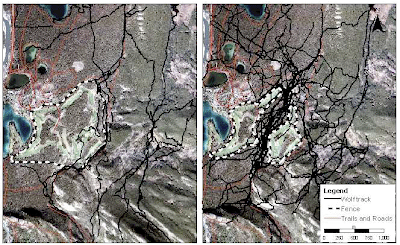In a recent
USA Today interview Gary Player discusses the Personal Health Investment Today Act, aimed at saving physical education programs at American schools in an effort to combat child obesity. Although the interview centered on Player's efforts to get this bill passed, he did drop a few strong statements about the state of the game and it's effects on the environment.
"We need our leaders in golf to make the right decisions" Gary says. "We haven't started to see all the problems we're going to have with water. Nobody should be getting a permit to build a golf course unless they are using effluent water. Nobody should be using potable water". Responding to a question about the current state of the industry, Player say's "It's healthy, but we've got to stop making golf courses longer, because it means you've got to use more water, more oil, more labor, more fertilizer, and these are all hurting the game... The whole economic problem we're facing now is because of greed, and golf is no different. From Timbuktu to Washington, D.C., to Augusta, everyone made their golf courses longer. Why? We wasted hundreds of millions of dollars".
Now that seems like a strong statement from someone who benefitted so much from the golf boom, but player is well known for his environmental efforts. Like what? Here's a few snippets I was able to dig up...













